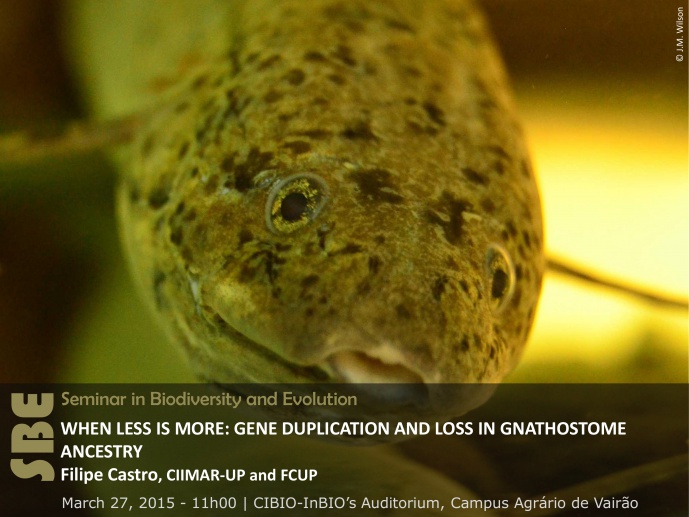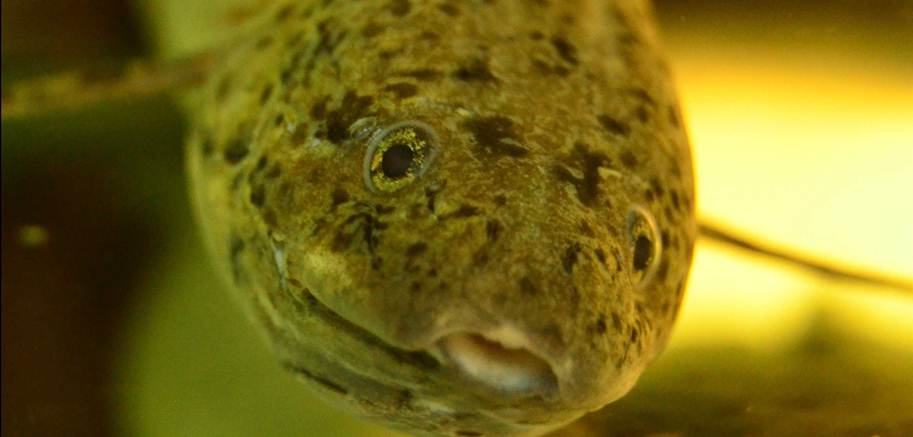WHEN LESS IS MORE: GENE DUPLICATION AND LOSS IN GNATHOSTOME ANCESTRY


Gene duplication, in particular, that affecting whole genomes is tightly linked with the evolution of morphological and physiological innovations. However, gene loss in the aftermath of duplication, is also a relevant process with drastic consequences in phenotypes, and not always considered. Here I will go through some examples on the consequences of gene duplication and loss in the evolution of stem vertebrate lineages.
Filipe Castro graduated in Biology at the University of Porto, Portugal. He then moved to the University of Reading and Oxford in the UK to take his PhD within the GABBA-UPorto program, where he investigated the evolution of homeobox genes in basal chordate amphioxus. Moving back to Portugal he joined CIIMAR as a Researcher. His research group investigates the role of duplications (genome) and gene loss to understand phenotypic and physiological diversification in vertebrate history. Central topics include studies on the evolution of complex gene networks such as those of lipid metabolism or nuclear receptors. He has lead several scientific projects and published more than 60 papers in international journals.
[Group Leader: Pedro Esteves, Immunogenetics, Microbes and Infectious Diseases]
Image: Lungfish an agastric vertebrate (Image credits: J.M. Wilson)